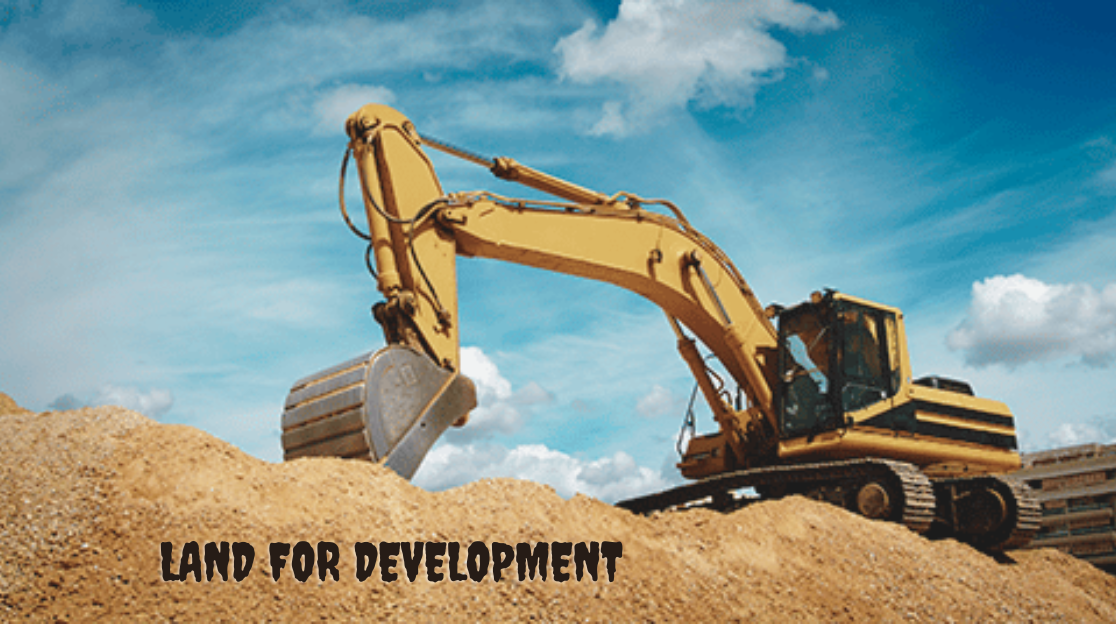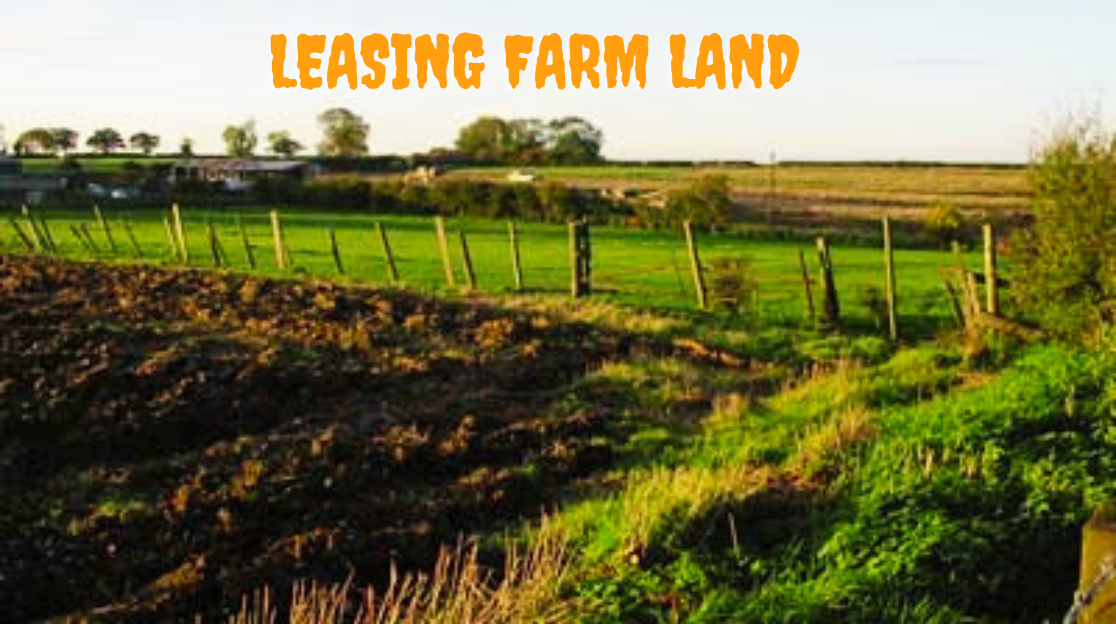Purchasing land for development is an exciting opportunity with enormous potential, from creating residential spaces to expanding commercial ventures. However, developing land requires careful consideration of location, costs, and legal requirements. Here, we’ll guide you through the ins and outs of selecting, purchasing, and developing land to ensure your investment brings maximum benefits.
What Does “Land for Development” Mean?
Understanding Raw Land vs. Developed Land
Raw land refers to untouched property without any buildings or infrastructure, while developed land typically includes basic structures, roads, or utility connections. Deciding between raw and developed land depends on your project’s needs and budget.
Potential Types of Development Projects
Land development can be tailored for various purposes, such as residential housing, commercial complexes, or even recreational facilities. Each type has unique requirements and offers different returns on investment.
Types of Development Projects for Land
Residential Development
This includes constructing homes, apartments, or condominiums. Residential land development meets housing demand and is often driven by local population growth and urban expansion.
Commercial Development
Commercial projects can range from retail spaces to office buildings. These projects benefit from strategic locations, such as city centers or areas with high traffic, to attract businesses and customers.
Agricultural and Recreational Land Development
Some land is ideal for farming, while other areas may be suitable for parks, golf courses, or nature reserves. Recreational and agricultural developments often come with unique zoning requirements and may require specialized permits.
Key Factors to Consider When Choosing Land for Development
Location and Accessibility
Land in prime locations, such as near highways, public transportation, or schools, often commands higher value and development potential. Accessibility to major roads can also reduce construction and transportation costs.
Zoning Laws and Restrictions
Understanding zoning regulations is crucial, as they determine how you can use the land. Residential, commercial, industrial, and agricultural zones each have different building allowances and restrictions.
Infrastructure and Utilities
For land to be fully functional, it needs access to utilities like water, sewage, and electricity. Check if these are already available or will need to be installed, as utility setup can be a significant expense.
Steps to Buying Land for Development
Researching the Market and Land Value
- Land Appraisals and Market Analysis
Hire an appraiser to evaluate the land’s value, especially if you’re unfamiliar with the area. Compare similar properties to ensure you’re paying a fair price.
Securing Financing for Development Land
Determine how you’ll finance your purchase. Land development loans, traditional mortgages, or partnerships with investors are common funding options.
How to Assess Development Potential of Land
Soil and Environmental Tests
Conduct soil tests to ensure it’s suitable for construction, especially if heavy structures are involved. Environmental assessments will identify any contaminants or restrictions on the land.
Understanding Topography and Flood Zones
Review the land’s elevation and drainage capabilities. Avoid flood zones unless you’re prepared to implement drainage systems, which can be costly.
Legal Considerations for Land Development
Zoning and Permits
- Understanding Zoning Regulations
Zoning laws dictate how you can use the land. Some areas may restrict residential or commercial use, so check with local authorities before proceeding. - Permit Application Process
You’ll likely need permits for construction, environmental impact, and potentially even traffic if you’re in an urban area.
Environmental Impact Assessments
These assessments ensure your project doesn’t negatively affect the environment. They may be required by law, especially for larger projects, and can take time to complete.
Cost Analysis of Land Development
Upfront Land Purchase Cost
The purchase cost can vary widely based on location, size, and land features. Urban areas usually come with a higher price tag than rural regions.
Infrastructure and Utility Setup Costs
Setting up water, power, sewage, and roads can be costly. Assess these needs beforehand to factor them into your budget.
Long-Term Maintenance Costs
Maintenance costs, such as landscaping, building upkeep, and utilities, can impact your budget in the long term. Plan for these expenses to avoid surprises.
Financing Options for Land Development
Traditional Bank Loans
Banks offer land loans, though interest rates and terms vary based on location and borrower creditworthiness.
Private Lenders and Investors
Private financing can be an option for developers who may not qualify for traditional loans. These funds often come with higher interest rates but may provide more flexibility.
Government Programs and Grants
Depending on the project’s nature, government grants or low-interest loans might be available. These are especially useful for projects that provide affordable housing or sustainable development.
Steps in the Development Process
Site Preparation and Clearing
Clear the land of trees, debris, and rocks, and level the ground if needed. Site preparation is crucial for a stable foundation.
Infrastructure Installation
Set up utilities and access roads before construction. This stage requires coordination with utility companies and sometimes local government permits.
Building and Construction
Whether for residential or commercial use, building on the land can now begin. This phase requires careful planning to stay on schedule and budget.
Benefits of Developing Land
High Return on Investment Potential
Developing land can increase its value significantly, especially if the project is in high demand. Many developers see profitable returns if they manage costs well.
Contributing to Community Growth
Land development provides housing, job opportunities, and amenities, positively impacting the local community’s economy and quality of life.
Challenges in Land Development
High Initial Costs and Financial Risks
Land development can be expensive, and market fluctuations can impact profitability. Prepare financially to manage these risks.
Regulatory Hurdles and Permits
Permits and zoning changes can delay projects. Navigating regulations can be complex, requiring patience and potentially legal assistance.
Environmental Impact and Sustainable Development
Eco-Friendly Development Practices
Using renewable resources, energy-efficient designs, and sustainable building materials can reduce the environmental impact of development.
Renewable Energy and Green Building Options
Consider solar panels, wind turbines, or green roofs. These options can reduce operational costs and appeal to environmentally conscious buyers or tenants.
Tips for Choosing the Right Development Project
Evaluating Local Demand
Research population growth, income levels, and nearby businesses to understand the demand for your project. High demand indicates a greater chance of profitability.
Assessing Market Trends
Stay informed about market trends to choose projects likely to succeed in the current economic climate.
Conclusion
Land development can be a rewarding venture if done with careful planning and consideration of costs, market trends, and legalities. Whether for residential, commercial, or recreational use, developing land adds value to your investment and benefits the community. By following this guide, you can make informed decisions to



